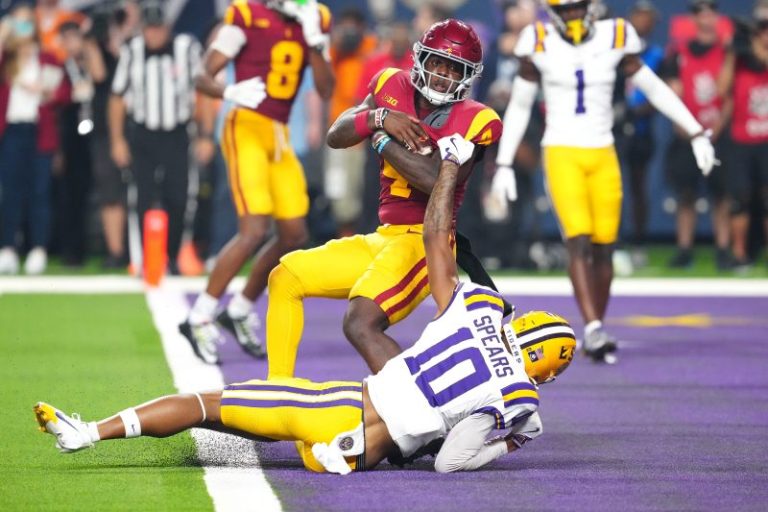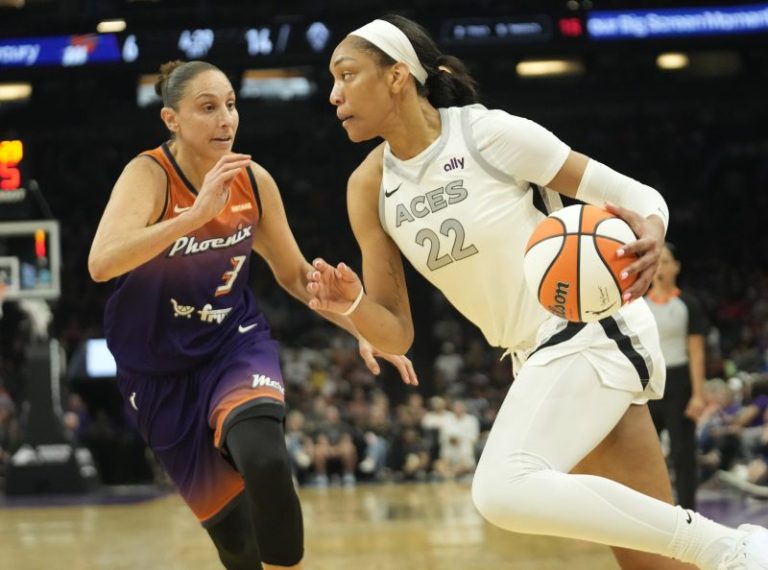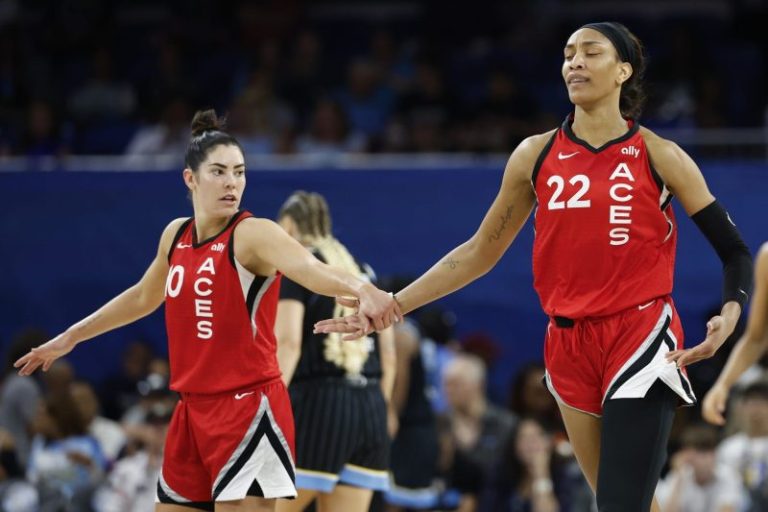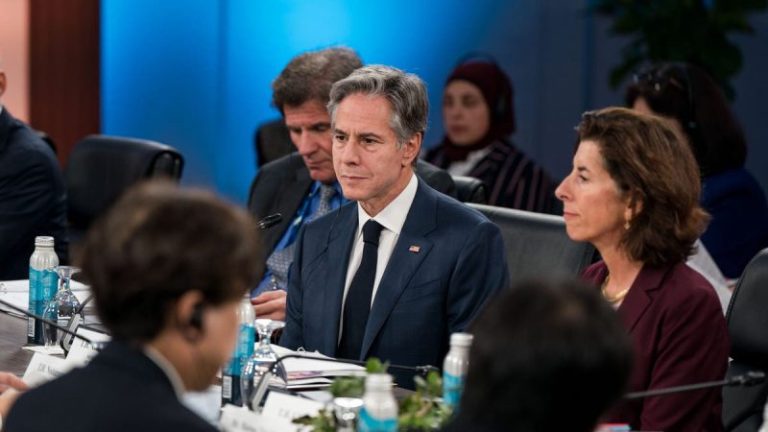LOS ANGELES — It may only be two games into the season, but so far, No. 12 Southern California looks like it changed almost every narrative from the preseason.
How do they replace Caleb Williams? Miller Moss has looked like another solidified quarterback that could work his way into the Heisman conversation.
The defense that couldn’t stop anyone last season? It limited LSU to 20 points and didn’t allow Utah State to score for its first shutout since 2011.
A team not really in the mix for a Big Ten title and College Football Playoff spot? That may change this weekend.
USC will officially debut as a member of the Big Ten with its first conference game on Saturday. The team welcoming them will be the defending champion Michigan, which invites itsr new California member to the The Big House, a place where more than 110,000 thousand people will be preparing to give them a rude awakening.
Two of the most historic programs in college football, the Trojans and Wolverines appear to be headed in opposite directions. Southern California has sudden faith it can get back into the national spotlight and a consistent top 10 team, while Michigan – coming off a national championship – lost several key players, has a new coach and is awaiting the penalties stemming from its sign-stealing scandal. Not to mention it’s coming off a drubbing from Texas and an offense that hasn’t given much hope for a repeat season. The Wolverines are also making a quarterback change with run-first Alex Orji making his first career start.
Even if Michigan doesn’t resemble the team that went a perfect 15-0 last season, the Trojans appear to be treating them as still the class of the conference. USC coach Lincoln Riley said last week Michigan’s 19-point loss to the Longhorns was a lot closer than the scoreboard indicated. This week, he added it’s still a big challenge for his team.
“That’s a good football team that we have a lot of respect for. To have anything less would be a mistake on our part,” Riley said.
Can USC physically stand up to Michigan?
The revamped defense led by coordinator D’Anton Lynn should be chomping at the bit to go against a passing game that is among the worst in FBS, but especially with Orji under center, the running game will be the primary way the Wolverines try to move the ball. Riley likes where his defense is at and believes it’s going to improve, continuing to limit big plays and executing on tackles.
But really, the focus of this game will be whether the Trojans can hang with physical, mighty lineman from Michigan that symbolize the grit the Big Ten is known for having. These matchups are why the Trojans emphasized gaining weight and adding muscle in the. You don’t just gain a combined 1,400 pounds during the offseason for nothing.
“I think it all always starts up front with the O-line, D-line. Them guys kick off the game and we follow along,” running back Woody Marks said. “We got to be dominant on both sides.”
As bad as the Texas loss was, it can’t entirely be pinned on Michigan’s defense. When the game was still in reach, the offense had turnovers on back-to-back drives that gave the Longhorns a short field to score. They added points after those turnovers and effectively ended the game before halftime.
The defense also held it together against Fresno State and Arkansas State. It limited the Bulldogs to 10 points and the Red Wolves didn’t get into the endzone until the final five minutes despite three interceptions thrown by Davis Warren. So far, Michigan only gives up 70 yards rushing per game, top 15 in the country.
That’s why Marks said it’ll be critical for his blockers to establish the line of scrimmage early, and he believes it can be done because “our physicality is a different level.” His head coach added he’s glad the unit got to face LSU so they could get a glimpse of how tough it can get. Redshirt-freshman offensive lineman Elijah Paige said the unit gained immense confidence after defeating the Tigers.
But it’s not the same level of what’s awaiting them in the Big Ten opener.
“It’s a big test. Big test,” Riley said. “It’ll be a huge challenge. It’ll be a big part of the football game.’
USC, Michigan represent the bluest of blue bloods
No matter how much the Trojans say it, Saturday won’t be just another game. Not only is it the first Big Ten game, it comes against a team that matches the historical prestige.
“It’s an amazing opportunity. It’s a blessing to be able to play in a game like this,” Paige said.
Most importantly, it’s a measuring stick game that gauges whether the Trojans are a legit threat to win the Big Ten. Yes, the expanded College Football Playoff makes it slightly easier to get in, but it’s something USC hasn’t ever done, falling just short during Williams’ Heisman season.
“There’s lots of excitement around the program, knowing what’s happening, knowing what the opportunities that are coming ahead,” Riley said. “I don’t want to minimize it. It’s a big challenge. It’s a great opportunity, but once it’s over, it’s going to be on to the rest of it.”
Should USC leave Michigan with a win, it has a favorable rest of the schedule. Yes it still has Wisconsin, Penn State, Nebraska and Notre Dame, but luckily all of those games at home.
So what does a win on Saturday do?
“Definitely sets the tone,” Paige said.










